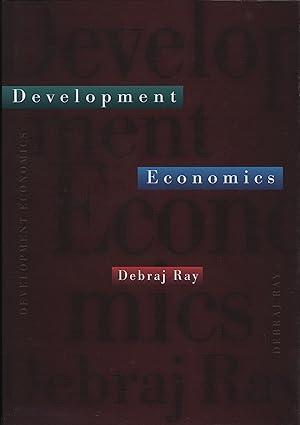This problem tests your understanding of the effect of the income distribution on savings rates.The economy of
Question:
This problem tests your understanding of the effect of the income distribution on savings rates. The economy of Sonrisa has people in three income categories: poor, middle class, and rich. The poor earn $500 per year and have to spend it all to meet their consumption needs. The middle class earn $2,000 per year, of which $1,500 is spent and the rest saved. The rich earn $10,000 per year, and consume 80% of it, saving the rest.
(a) Calculate the overall savings rate in Sonrisa if 20% of the people are poor and 50% are in the middle class.
(b) Suppose that all growth occurs by moving people from the poor category to the middle-class category. Will the savings rate rise over time or fall? Using the Harrod–Domar model and assuming that population growth is zero and all other variables are exogenous, predict whether the resulting growth rate will rise or fall over time.
(c) Outline another growth scenario where the rate of growth changes over time in a way opposite to that of (b).
(d) Understand well that this question asks you about how growth rates are changing. In the simple Harrod–Domar model, the growth rate is constant over time because the savings rate is presumed to be unchanging with the level of income. Do you understand why matters are different here?
Step by Step Answer:






